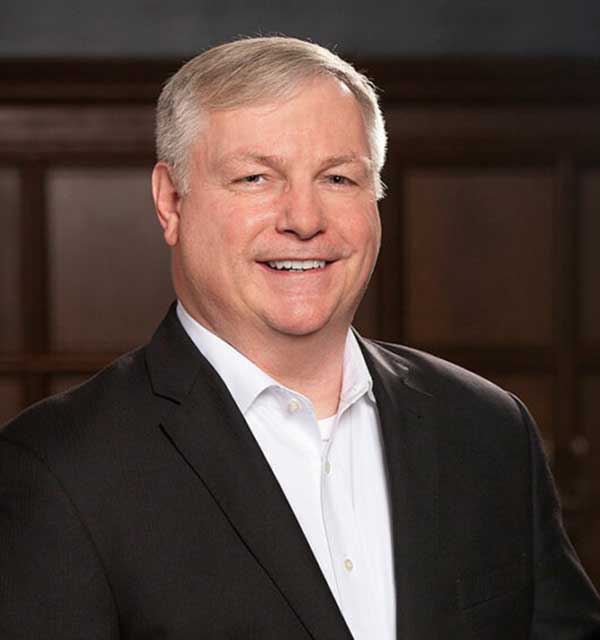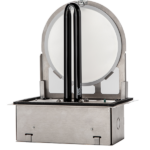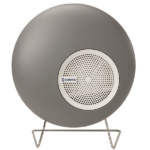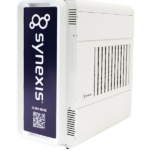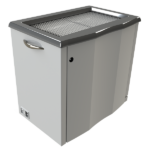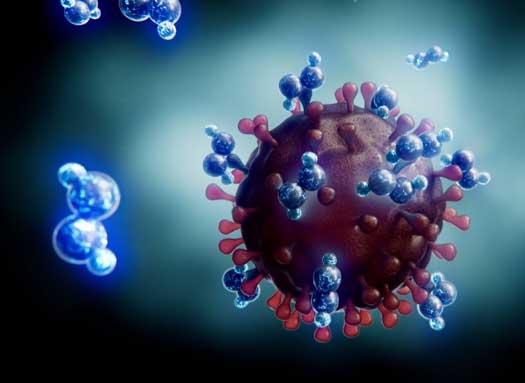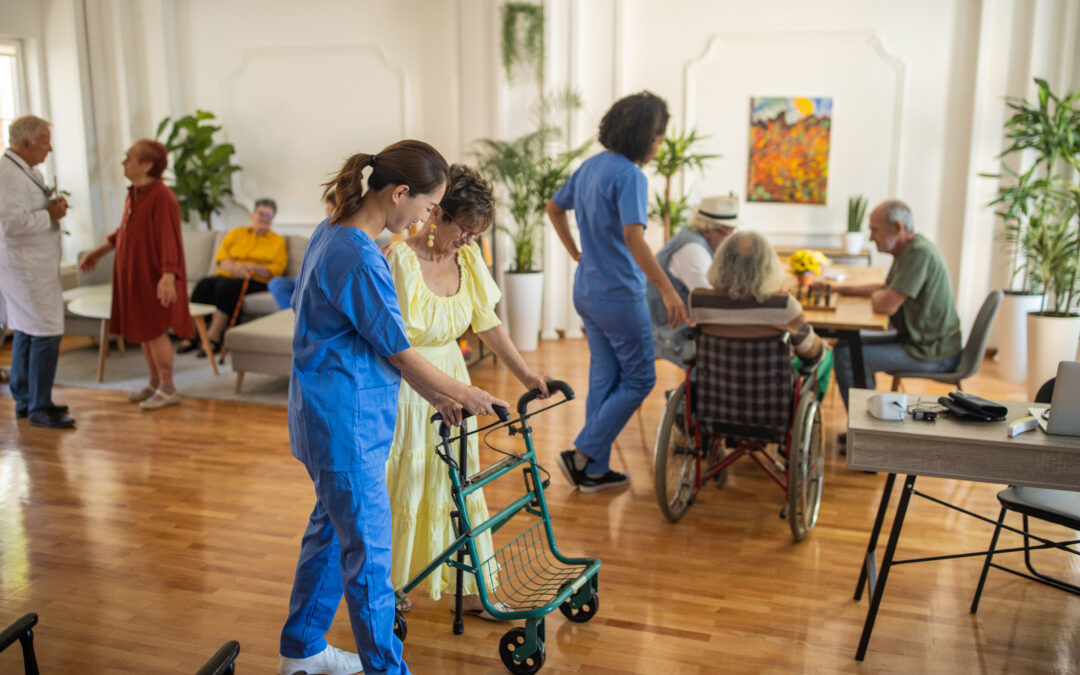You may not be familiar with Candida auris, but you should be. It’s an emerging fungus that, according to the CDC, presents a serious global health threat. It was first identified in 2009 and has been reported around the world since then. The big concern regarding C. auris infections is that they are often resistant to multiple types of antifungal medications. That means they’re difficult to treat. It is often found in hospital settings and other healthcare facilities, and outbreaks are difficult to prevent.
Some key points about C. auris:
Infections
The fungus can cause a variety of infections, including those in the bloodstream, wound infections, and ear infections. Those primarily affected generally have weakened immune systems, which is why it hits intensive care units and surgery recovery units particularly hard.
Resistance
As is the case with so many infections, the real issue is in the treatment. In this case, it’s a lack of treatment. As we mentioned, its resistance to antifungal medications is a big issue because it makes it extremely difficult to treat. The resistance can vary based on the location and strain of the fungus as well, but regardless, it makes treating the fungus very difficult.
Hospital Settings
Healthcare facilities are the biggest area where C. auris has been known to spread, including hospitals and long-term care facilities. Because it can survive on surfaces and be spread from person-to-person, these healthcare settings make it especially easy to spread.
Diagnosis
C. auris inspections can be tough to diagnose because they are often misidentified as other Candida species in routine laboratory tests. In order to accurately diagnose C. auris, specialized laboratory tests are required and those can be both costly and time-consuming.
There is one more key point that we haven’t gotten to, and it’s because we have a flair for the dramatic here at Synexis®.
Prevention with Synexis
In order to prevent C. auris, strict infection control measures are required. That means thorough cleaning and disinfection of healthcare facilities, proper hand hygiene, and an isolation of infected patients. But there’s something else that has been proven to help and that’s our proprietary, dry hydrogen peroxide (DHP®) technology.
A study presented at the Society for Healthcare and Epidemiology of America annual conference indicates that DHP from Synexis effectively reduces C. auris contamination on surfaces. In the study, the results show that prior to the installation of DHP, 70 percent of the surface sampled in active C. auris patient rooms tested positive for the presence of C. auris.
The same surfaces were sampled during the month after the installation of DHP and the proportion of samples testing positive for C. auris decreased to 16.7 percent. The 53.3 percent absolute reduction was determined to be statistically significant. In the control group, patient rooms without DHP installed did not see a statistically significant reduction, which provides further evidence of the impact of DHP.
Manual cleaning isn’t enough to handle this superbug. The Synexis System continuously works behind the scenes within occupied spaces to reduce fungus, bacteria, and viruses. Synexis DHP technology provides an extra layer of patient safety and obtained significant reductions on surfaces during deployments, which is great news as healthcare facilities around the world are facing C. auris outbreaks that provide a threat.
To speak with an IAQ expert from Synexis, fill out this form and we’ll be in touch as soon as possible.
And to learn more about Synexis, click here.

